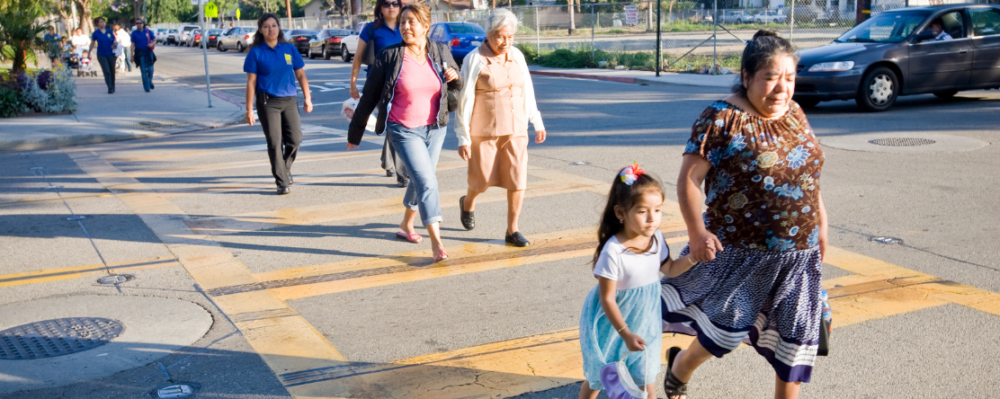
Tool: Community-Driven Data and Evaluation Strategies to Transform Power and Place
-
Focus Areas
Capacity Building & Leadership, Healthy Communities -
Issues
Community Development -
Expertise
Coalition & Network Building, Public-Private Partnerships -
Programs
Build Healthy Places Network

How can practitioners more effectively engage communities to identify data and evaluation approaches that prioritize and center residents’ voice and vision? Community-Driven Data and Evaluation Strategies to Transform Power and Place is designed to support individuals working in community and institutional spaces to engage in data collection and evaluation strategies that are led, defined and analyzed by the community.
This interactive tool aims to help users reflect on their work and adopt strategies that prioritize and center residents’ voices and visions. By ensuring the community is at the table, getting clear on goals, exploring contextually relevant strategies and maximizing community power, we can collectively transform power and place.
The tool was designed by PHI’s Build Healthy Places Network and Verge Impact Partners, with support from The Kresge Foundation and the W.K. Kellogg Foundation and informed by the BIPOC-led Community Development Corporations in our Community Innovations for Racial Equity (CIRE) initiative.
view the resourceThis interactive tool guides users through four crucial steps to ensure that their data projects are inclusive, impactful, and aligned with the goals of the community.
Step 1: Ensuring the Community is at the Table – The first step in any community-driven data project is to ensure that the community is actively involved in the process.
Step 2: Getting Clear on Goals and Impact – Before diving into data collection, it’s crucial to have a clear understanding of what you aim to achieve, how the data will be used and potential impact on the community.
Step 3: Exploring Strategies that Fit Your Context – Every community is unique, and there is no one-size-fits-all approach to data collection and evaluation. It’s essential to explore various strategies and adopt those that best fit the context of your community.
Step 4: Maximizing Community Power and Advancing Equity – The ultimate goal of community-driven data projects is to empower communities and advance health and racial equity. This involves not only collecting data but also using it to drive policy changes, allocate resources, and create opportunities for community members.
Community-Driven Data and Evaluation Strategies to Transform Power and Place is also offered alongside BHPN’s updated MeasureUp microsite. The microsite’s new page features BHPN partner resources on “data equity”, including community-driven data collection, analysis, and evaluation tools that help communities more effectively communicate their stories and advocate for their needs through the data process.
Originally published by Build Healthy Places Network
Work With Us
You change the world. We do the rest. Explore fiscal sponsorship at PHI.
Support Us
Together, we can accelerate our response to public health’s most critical issues.
Find Employment
Begin your career at the Public Health Institute.


